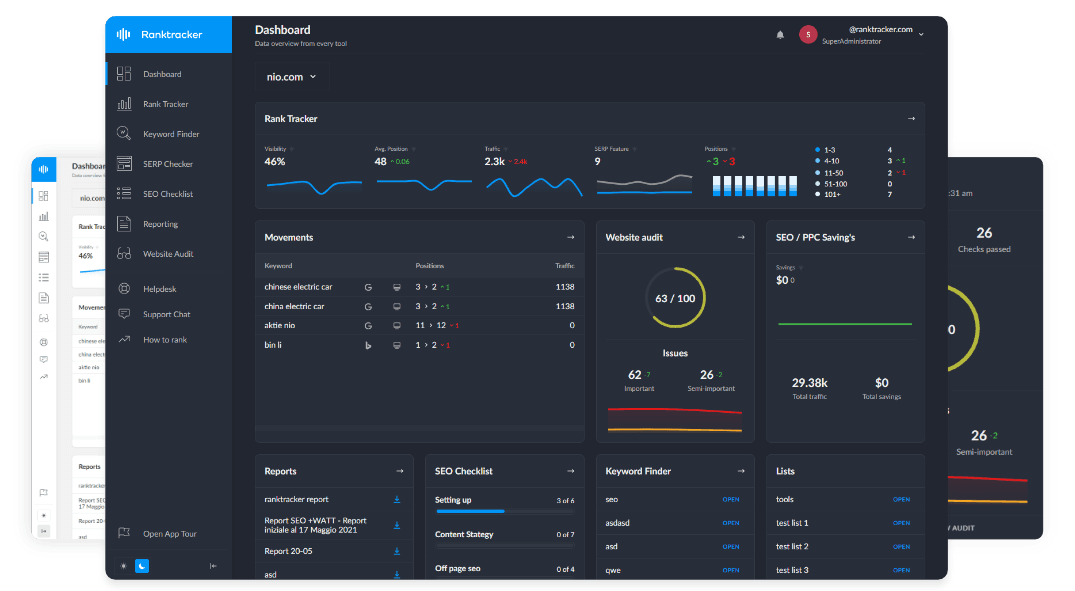Intro
Global businesses face a fundamental challenge: 73% of organizations now employ multilingual remote teams, yet traditional communication methods create productivity bottlenecks that cost companies an average of 62 hours per project in delayed decision-making. Language diversity should drive innovation, not hinder progress.
Remote work has eliminated geographical boundaries while amplifying linguistic ones. Modern Teams live translation technology, like JotMe, addresses this paradox by enabling real-time communication across language barriers. Advanced translation capabilities, from the best Japanese to English translation tools for international client meetings to comprehensive contextual AI translation systems that capture multilingual discussions, represent essential infrastructure for contemporary distributed workforces rather than optional conveniences.
Breaking Down Remote Team Language Barriers in Modern Workplaces
Remote team language barriers affect more organizations than most leaders realize. Research indicates that 67% of global companies report communication challenges stemming from linguistic differences among distributed teams. These barriers create ripple effects throughout project workflows, from delayed decision-making to reduced innovation when team members hesitate to contribute ideas in their non-native language.
The challenge extends beyond simple translation needs. Cultural context, regional expressions, and technical jargon create layers of complexity that traditional translation methods struggle to address. Remote work amplifies these issues since teams lack the visual cues and informal conversations that naturally occur in shared physical spaces.
Understanding Microsoft Teams Real-Time Translation Features
Microsoft Teams real-time translation represents a significant advancement in global team communication tools. The platform processes spoken words during live meetings, converting speech from one language to another within seconds. This technology uses advanced machine learning algorithms that understand context, recognize industry-specific terminology, and adapt to individual speaking patterns.
The system supports over 60 languages for chat translation and more than 10 languages for live captions with real-time translation. This coverage includes major business languages like English, Spanish, French, German, Chinese, Japanese, and Portuguese. The translation accuracy continues improving through continuous learning from millions of conversation patterns.
How Live Translation Works During Video Calls
During international video conferencing sessions, the translation engine processes audio input through sophisticated speech recognition technology. The system identifies the source language, converts speech to text, translates the content, and displays results as live captions or spoken audio within milliseconds.
The process happens seamlessly in the background. Participants see translated captions appearing below the video feed or hear interpreted audio through their chosen output method. The system maintains speaker identification, helping participants track who said what during multilingual remote meetings.
Supported Languages and Regional Availability
Teams multilingual support varies by feature type and geographic region. Live caption translation currently supports major European languages, Asian languages including Mandarin and Japanese, and several Latin American Spanish variants. Microsoft regularly expands language coverage based on user demand and technological capabilities.
Regional availability affects feature access due to compliance requirements and data processing regulations. Organizations should verify which translation capabilities are available in their specific geographic locations before planning global communication strategies.
Setting Up Remote Work Translation Features in Microsoft Teams
Configuration begins within the Teams admin center where administrators enable translation policies for their organization. The setup process requires specific permissions and typically takes several hours to propagate across all user accounts within the tenant.
The All-in-One Platform for Effective SEO
Behind every successful business is a strong SEO campaign. But with countless optimization tools and techniques out there to choose from, it can be hard to know where to start. Well, fear no more, cause I've got just the thing to help. Presenting the Ranktracker all-in-one platform for effective SEO
We have finally opened registration to Ranktracker absolutely free!
Create a free accountOr Sign in using your credentials
Individual users then access translation features through meeting settings or real-time controls during active calls. The interface presents intuitive options for enabling captions, selecting source and target languages, and adjusting display preferences for optimal readability during cross-language collaboration sessions.
Enabling Real-Time Translation for Multilingual Remote Meetings
Meeting organizers activate translation features when scheduling multilingual remote meetings through the advanced meeting options panel. This proactive approach ensures all participants can access translation tools immediately upon joining the session.
During live meetings, participants access translation controls through the meeting toolbar. The "Live captions" option provides dropdown menus for language selection, caption positioning, and text size adjustments to accommodate different viewing preferences and accessibility needs.
Configuring Teams Meeting Transcription with Translation
Teams meeting transcription works alongside translation features to create comprehensive records of multilingual discussions. The system generates transcripts in multiple languages simultaneously, preserving both original speech and translated content for future reference.
Transcription settings allow administrators to specify default languages, storage locations, and access permissions for translated meeting records. This functionality proves invaluable for compliance documentation and project continuity when team members need to review past decisions or action items.
Maximizing Global Team Communication Tools for Cross-Border Collaboration
Effective implementation requires strategic planning beyond simply enabling technical features. Successful organizations establish communication protocols that account for translation delays, cultural communication styles, and time zone considerations that affect real-time interaction quality.
Team leaders should provide training on translation feature usage while setting realistic expectations about technology limitations. Even advanced translation systems occasionally struggle with complex technical concepts, industry slang, or rapid speech patterns that require human interpretation support.
Best Practices for International Video Conferencing
Speaking pace significantly impacts translation accuracy during international video conferencing sessions. Presenters should maintain moderate speaking speeds, pause between major points, and avoid overlapping conversations that confuse automated translation systems.
Meeting agendas become even more critical for multilingual teams. Sharing detailed agendas in advance allows participants to prepare relevant terminology and reduces confusion when complex topics arise during live translation sessions.
Why Teams Live Translation Transforms Modern Remote Work Success
The evolution from language barriers to seamless global collaboration represents more than technological advancement. Organizations implementing comprehensive translation strategies report increased participation from international team members, faster project completion times, and improved innovation through diverse perspective integration.
Remote work translation features eliminate the hidden costs of miscommunication while expanding talent acquisition opportunities beyond geographic and linguistic limitations. Teams that master these tools position themselves for competitive advantages in increasingly global business environments where cross-language collaboration drives success.

